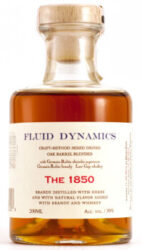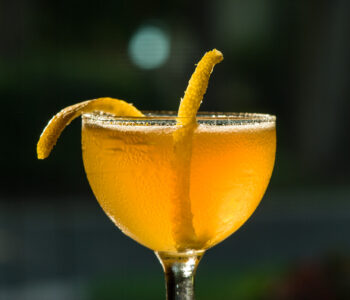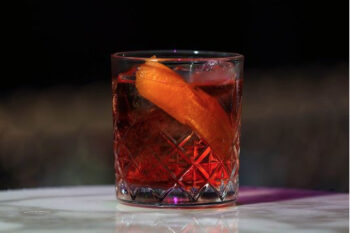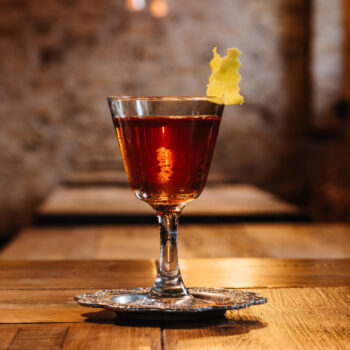

When you order a good drink at a bar, the bartender takes good ingredients, puts them in a glass, and you drink it right then. The ingredients, if they are good ones, never have a chance to get to know each other. If you put them into a good oak barrel (not a new one, so that you don’t add a lot of oak flavor) and age them for 2-3 months, the integrational complexity and balance that emerge are surprising, way superior to the fresh drink

It’s why so many bartenders are doing this themselves, although they seldom leave the stuff alone for long enough. A barrel is better because the slight oxidation that happens through the medium of the staves encourages the further development of what you put inside, but the problem is that small barrels made from excellent oak are scarce and expensive, and they have to be used for quite a while first for aging say whiskey or brandy because otherwise they impart additional oak. Most of the ones sold for aging cocktails are not very good, and often make the recipe bitter

close-up view of sazerac cocktail in glass on wooden table
You can’t age the same recipes as for a fresh cocktail: some ingredients are more powerful than others, and over time the recipe gets out of balance. You should add sugar, juice, and other things, especially bitters, afterwards: juice tends to oxidize, and bitters are way too aggressive to age with other ingredients. Citrus peels tend to do well, but again show up more when you age for along time. It took the folks at Fluid Dynamics more than two years to develop their recipes.
Here’s a link to a thoughtful piece by Tony Conigliaro about why people should think about aging cocktails in glass instead of oak. He’s right, unless you have access to very good barrels that have been used enough to greatly diminish their ability to add oak flavor to the recipe. Note his comments on integration.